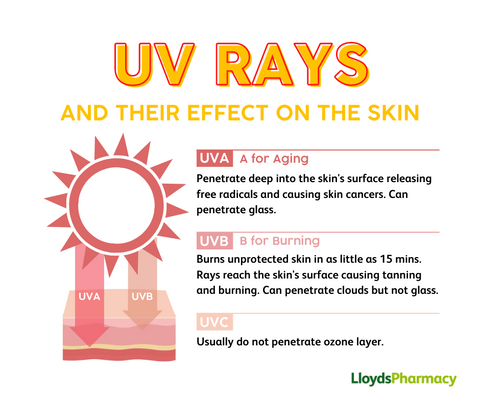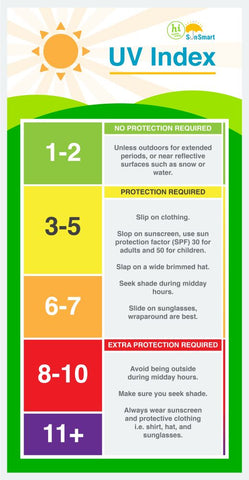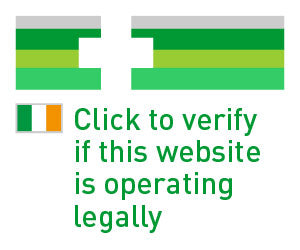Understanding the Differences Between UVA, UVB, and UVC Rays

In the world of sun exposure and skincare, the terms UV, UVB, and UVC rays often find themselves in conversations about sun protection. As we work to protect our skin from the sun, it's important to explore the details of sunlight and how it affects our skin. Join us as we learn about the differences between UVA, UVB, and UVC rays. Arming ourselves with the knowledge to make informed choices for the best sun protection.
What are UV rays?
Ultraviolet (UV) rays are a form of electromagnetic radiation emitted by the sun. Sunlight contains three main types of UV radiation, these are: UVA, UVB, and UVC.
- UVA Rays: The Aging Culprits
- UVA rays penetrate the skin more deeply than UVB rays.
- Exposure to UVA is responsible for premature aging, including wrinkles and age spots.
- Maintains consistent intensity throughout the day and not filtered by glass.
- UVB Rays: The Burners
- UVB rays primarily affect the skin's surface.
- Responsible for sunburns and contribute to the development of skin cancers.
- Their intensity varies by the time of day and season.
- UVC Rays: The Silent Assassins
- The most dangerous are the UVC rays, but fortunately, the atmosphere filters them out, preventing harm to our skin.
- Commonly used in germicidal lamps for disinfection purposes.

What are the distinguishing features between them?
- Wavelengths:
- UVA rays have longer wavelengths (320-400 nm).
- UVB rays have medium wavelengths (280-320 nm).
- UVC rays have the shortest wavelengths (100-280 nm).
- Impact on Skin:
- UVA rays penetrate deep into the skin, causing long-term damage and skin aging.
- UVB rays affect the skin's outer layer, causing sunburn and contributing to skin cancer risk.
- UVC rays are mostly filtered by the Ozone layer before they reach the Earths surface. Making them not directly harmful to skin health.
- Protection Strategies:
- Broad-spectrum sunscreens protect against both UVA and UVB rays.
- Clothing and sunglasses help shield the skin and eyes from UV rays.
- Understanding the peak times for UVB intensity aids in sun protection planning.
What is the UV Index?
The UV index is a measure used to indicate the strength of UV radiation from the sun at a particular place and time. It helps people understand the potential risk of harm from unprotected sun exposure. The index typically ranges from 0 to 11 or higher. The higher numbers indicate greater UV intensity and increased risk of sunburn and other skin damage.
Keep safe by limiting time in the sun when UV is strongest, usually between 11am - 3pm. Check the UV index on the Met Eireann website.

In our quest for sun protection, knowledge is our greatest ally. Knowing the different types of ultraviolet rays helps us choose how to protect our skin from sun damage. Whether you're soaking up the sun or enjoying outdoor adventures, making sure you protect your skin keeps it healthy, glowing, and shielded from all types of UV rays. Visit your local Pharmacy where our experienced team can help you choose the right sun protection for you.



